18 Mark Rothko Untitled (Red, Blue, Orange) 1955 oil on canvas 66 5/8 x 49 3/8 in. (169.2 x 125.4 cm.) Estate number: 5194 Signed “Mark Rothko” on the reverse.
Provenance Estate of the Artist, 1970 Marlborough A.G., Liechtenstein/Marlborough Gallery, London Private Collection, Germany Christie's, New York, Post-War and Contemporary Art Evening Sale, November 13, 2007, lot 12 Acquired at the above sale by the present owner Literature Kunst des 20ten Jahrhunderts: Sammlung Viktor und Marianne Langen, vol II, Ascona, 1986, p. 267 (illustrated) D. Anfam, Mark Rothko The Works on Canvas: Catalogue Raisonné, New Haven, 1998, p. 407, no. 529 (illustrated) Video MARK ROTHKO 'UNTITLED (RED, BLUE, ORANGE)', 1955 With its electric colors and sophisticated composition Mark Rothko's 'Untitled (Red, Blue, Orange)', 1955 is a testament to the artist's successfully realized desire to find a new, non-representational language with which to express the most basic and profound of human experiences. The work's luminescence appears to stem forth not from the surface of the canvas but from some other, mystical space deep within its very fibers. August Uribe and David Georgiades, Worldwide Co-Heads of Contemporary Art discuss Rothko's masterwork, an example of one of the greatest artists of the twentieth century working at the height of his painterly powers. Catalogue Essay "The noble, the sublime are hollowed unless they hold, to the bursting point, a core of the Wild. This idea, verbalized, I have held on to — in a large sense. This I recognize as irrevertably true..." MARK ROTHKO 1954 Mark Rothko’s masterwork, the glorious Red, Blue, Orange of 1955, is an exceptional example of one of the greatest artists of the twentieth century working at the height of his painterly powers. It is in this era that we see Rothko come in to his own and become the iconic artist of his time. Bold and assertive, this painting’s luminescence—as in all the greatest of Rothko’s paintings—appears to stem forth not from the surface of the canvas but from some other, mystical space deep within its very fibers. Deploying a rarely seen double hued blue field of color over an ochre expanse, set atop a burning orange tinted background, the present lot is a remarkable testament to the preeminence of Rothko as an artist during the most important period for painting in American history. A trailblazer in the use of abstraction and a master of color and scale, Rothko was above all a painter of emotion and a humanist who believed in the emancipatory capacity of great art to free us from our worldly bonds. Painted just a decade after the close of the most disastrous war the world had ever seen, one that saw devastation on battlefields across the world as well as the leveling of entire cities, and the attempted genocide of entire races, Rothko’s electric works such as the present lot, offer a tacit acknowledgement of human folly while also offering the possibility of alternatives. Painted at the dawn of the space age and at the mid-point of what would come to be known as the “American Century,” Rothko and his abstractionist New York school colleagues are painting with all the power and confidence of that city and country at a unique moment. With the tensions of the Cold War and possibility of nuclear destruction heavy in the air—Rothko points in another direction in the best of his canvases. The bold power of his work exists not just in the harmonious structures, though they first capture the eye, but in the effect on the subconscious, and even the soul of the viewer. These pictures have the ability to inform the very core of who we are, and in a dialectical process to elevate and inform both subject and object. While abstract on its surface, for Rothko these paintings are meant to move beyond any simple didactic rejection of the dichotomy between representational and abstract; they are meant to capture the full range of human emotions and interior life from ecstasy to tragedy. As in the present example, the most powerful of Rothko’s works unify vibrant colorization with sensitivity to weight and scale, further capturing the soul as well as
18 Mark Rothko Untitled (Red, Blue, Orange) 1955 oil on canvas 66 5/8 x 49 3/8 in. (169.2 x 125.4 cm.) Estate number: 5194 Signed “Mark Rothko” on the reverse.
Provenance Estate of the Artist, 1970 Marlborough A.G., Liechtenstein/Marlborough Gallery, London Private Collection, Germany Christie's, New York, Post-War and Contemporary Art Evening Sale, November 13, 2007, lot 12 Acquired at the above sale by the present owner Literature Kunst des 20ten Jahrhunderts: Sammlung Viktor und Marianne Langen, vol II, Ascona, 1986, p. 267 (illustrated) D. Anfam, Mark Rothko The Works on Canvas: Catalogue Raisonné, New Haven, 1998, p. 407, no. 529 (illustrated) Video MARK ROTHKO 'UNTITLED (RED, BLUE, ORANGE)', 1955 With its electric colors and sophisticated composition Mark Rothko's 'Untitled (Red, Blue, Orange)', 1955 is a testament to the artist's successfully realized desire to find a new, non-representational language with which to express the most basic and profound of human experiences. The work's luminescence appears to stem forth not from the surface of the canvas but from some other, mystical space deep within its very fibers. August Uribe and David Georgiades, Worldwide Co-Heads of Contemporary Art discuss Rothko's masterwork, an example of one of the greatest artists of the twentieth century working at the height of his painterly powers. Catalogue Essay "The noble, the sublime are hollowed unless they hold, to the bursting point, a core of the Wild. This idea, verbalized, I have held on to — in a large sense. This I recognize as irrevertably true..." MARK ROTHKO 1954 Mark Rothko’s masterwork, the glorious Red, Blue, Orange of 1955, is an exceptional example of one of the greatest artists of the twentieth century working at the height of his painterly powers. It is in this era that we see Rothko come in to his own and become the iconic artist of his time. Bold and assertive, this painting’s luminescence—as in all the greatest of Rothko’s paintings—appears to stem forth not from the surface of the canvas but from some other, mystical space deep within its very fibers. Deploying a rarely seen double hued blue field of color over an ochre expanse, set atop a burning orange tinted background, the present lot is a remarkable testament to the preeminence of Rothko as an artist during the most important period for painting in American history. A trailblazer in the use of abstraction and a master of color and scale, Rothko was above all a painter of emotion and a humanist who believed in the emancipatory capacity of great art to free us from our worldly bonds. Painted just a decade after the close of the most disastrous war the world had ever seen, one that saw devastation on battlefields across the world as well as the leveling of entire cities, and the attempted genocide of entire races, Rothko’s electric works such as the present lot, offer a tacit acknowledgement of human folly while also offering the possibility of alternatives. Painted at the dawn of the space age and at the mid-point of what would come to be known as the “American Century,” Rothko and his abstractionist New York school colleagues are painting with all the power and confidence of that city and country at a unique moment. With the tensions of the Cold War and possibility of nuclear destruction heavy in the air—Rothko points in another direction in the best of his canvases. The bold power of his work exists not just in the harmonious structures, though they first capture the eye, but in the effect on the subconscious, and even the soul of the viewer. These pictures have the ability to inform the very core of who we are, and in a dialectical process to elevate and inform both subject and object. While abstract on its surface, for Rothko these paintings are meant to move beyond any simple didactic rejection of the dichotomy between representational and abstract; they are meant to capture the full range of human emotions and interior life from ecstasy to tragedy. As in the present example, the most powerful of Rothko’s works unify vibrant colorization with sensitivity to weight and scale, further capturing the soul as well as
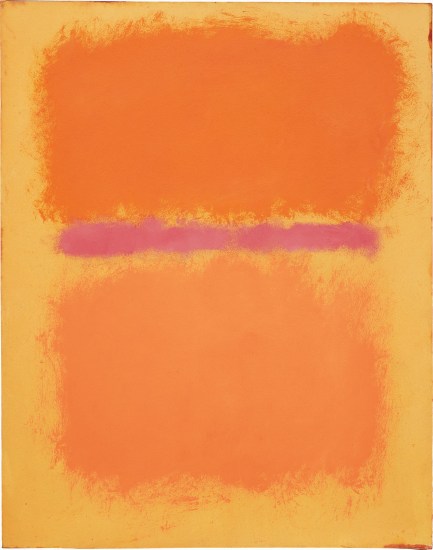

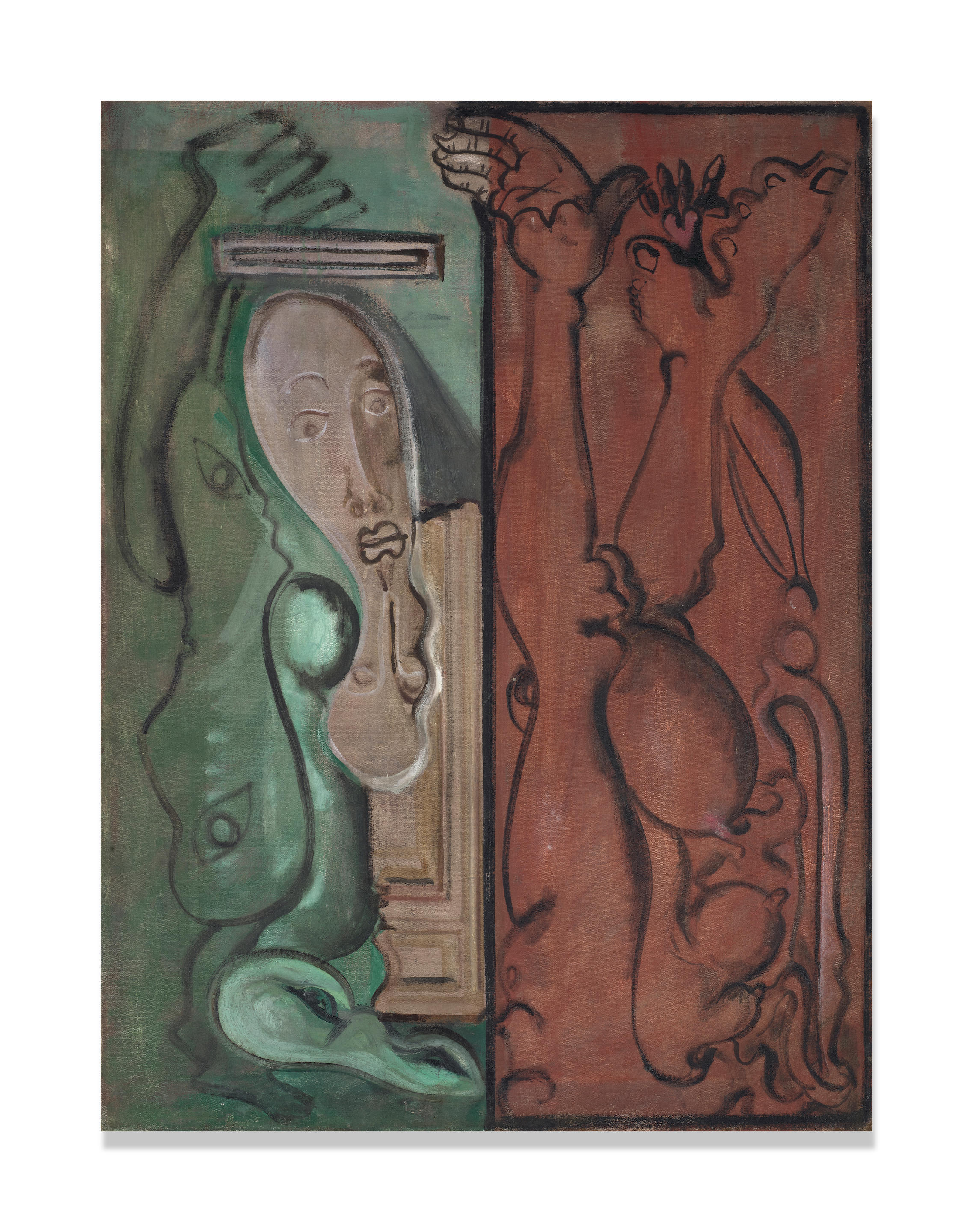
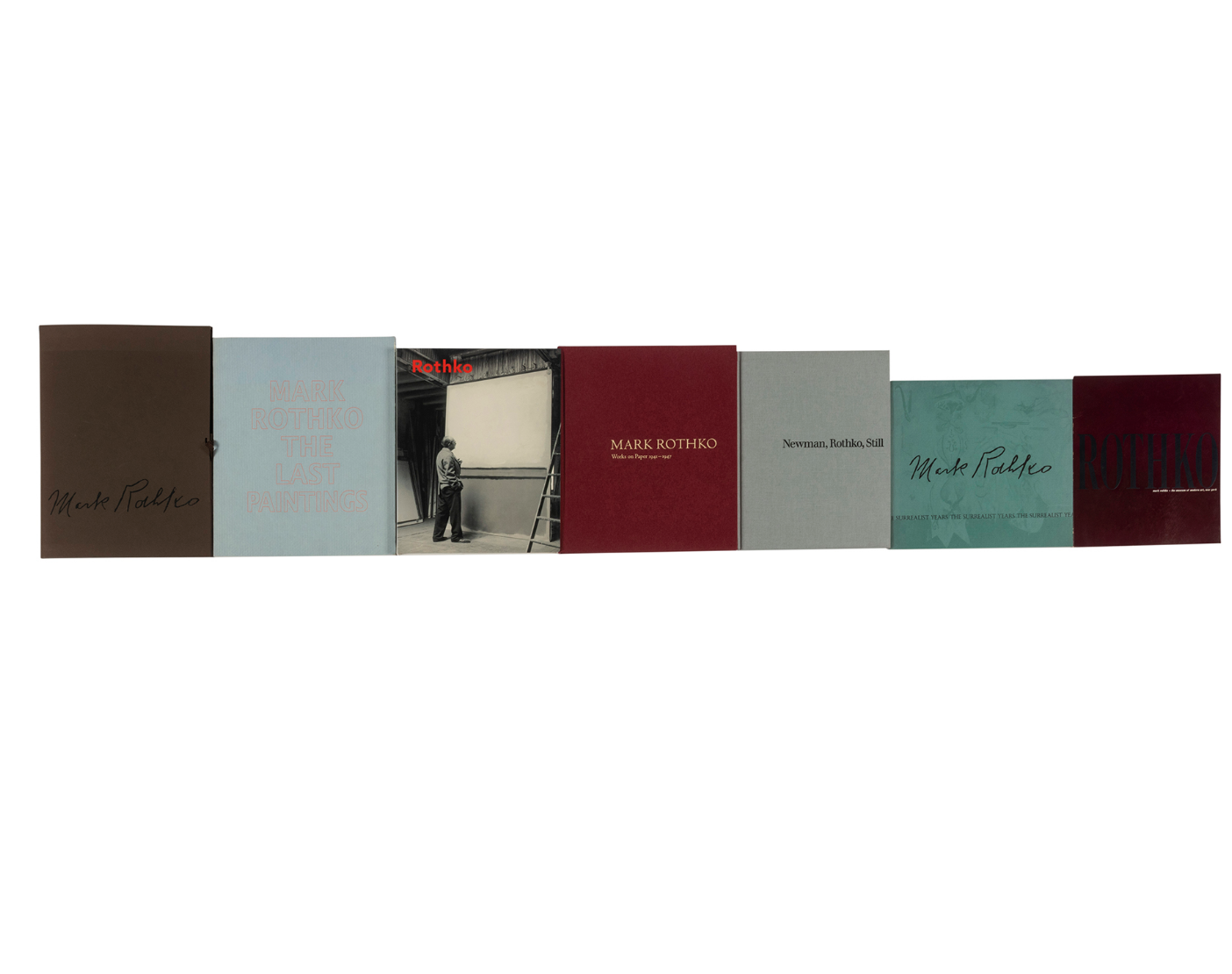
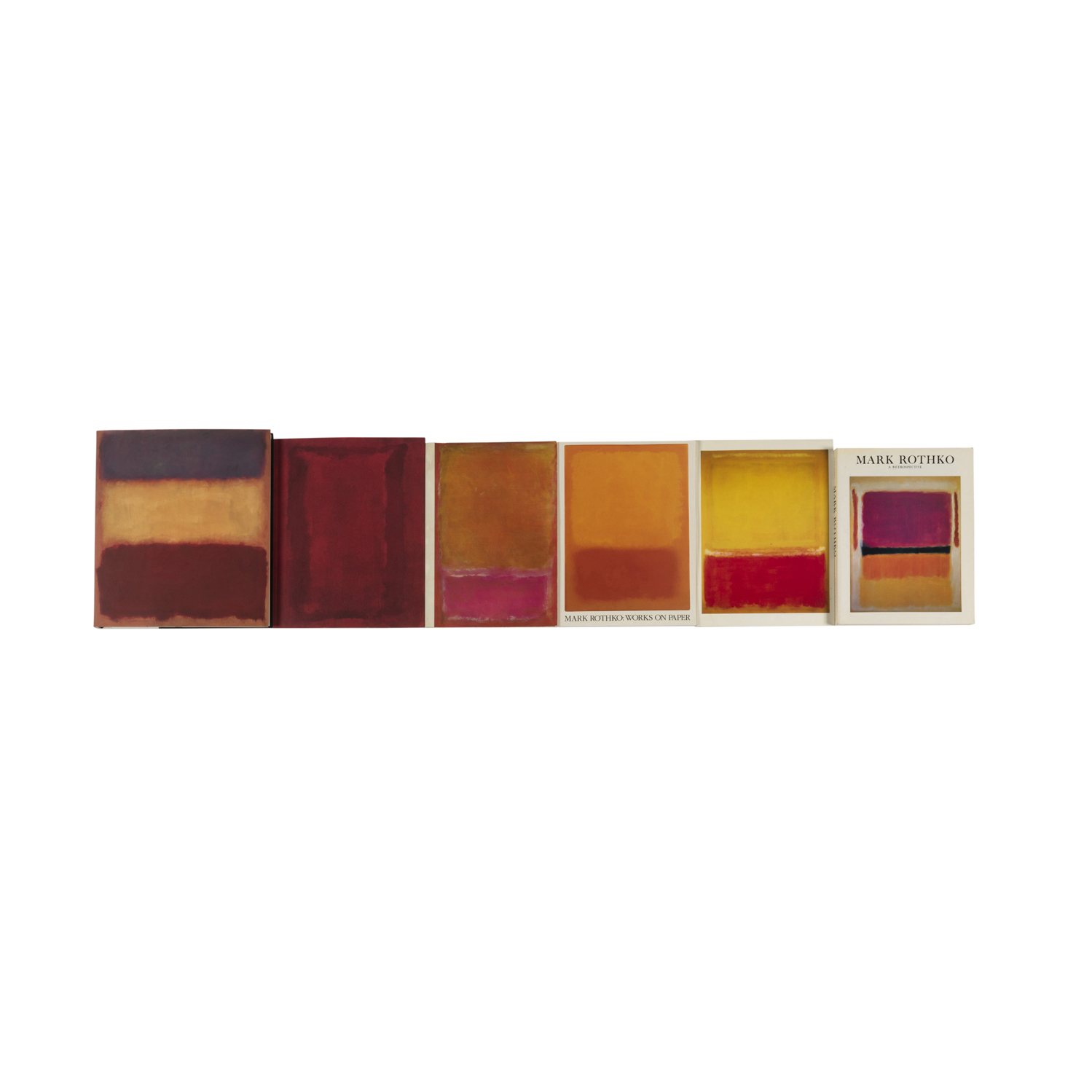
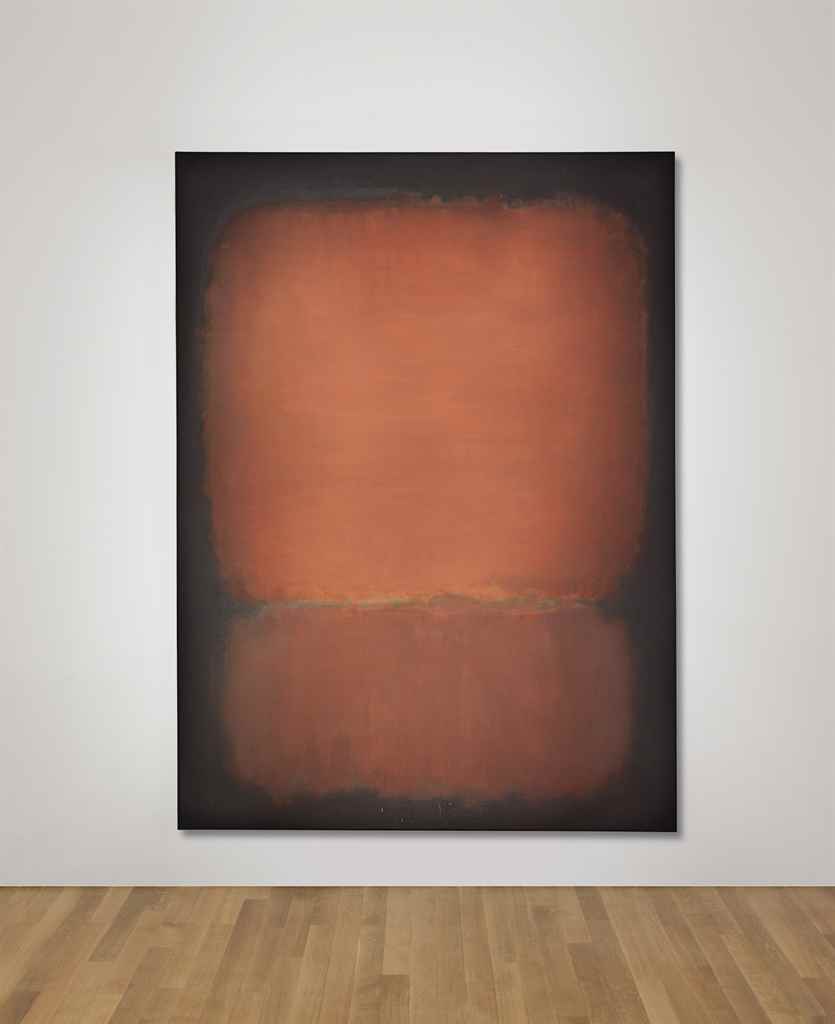
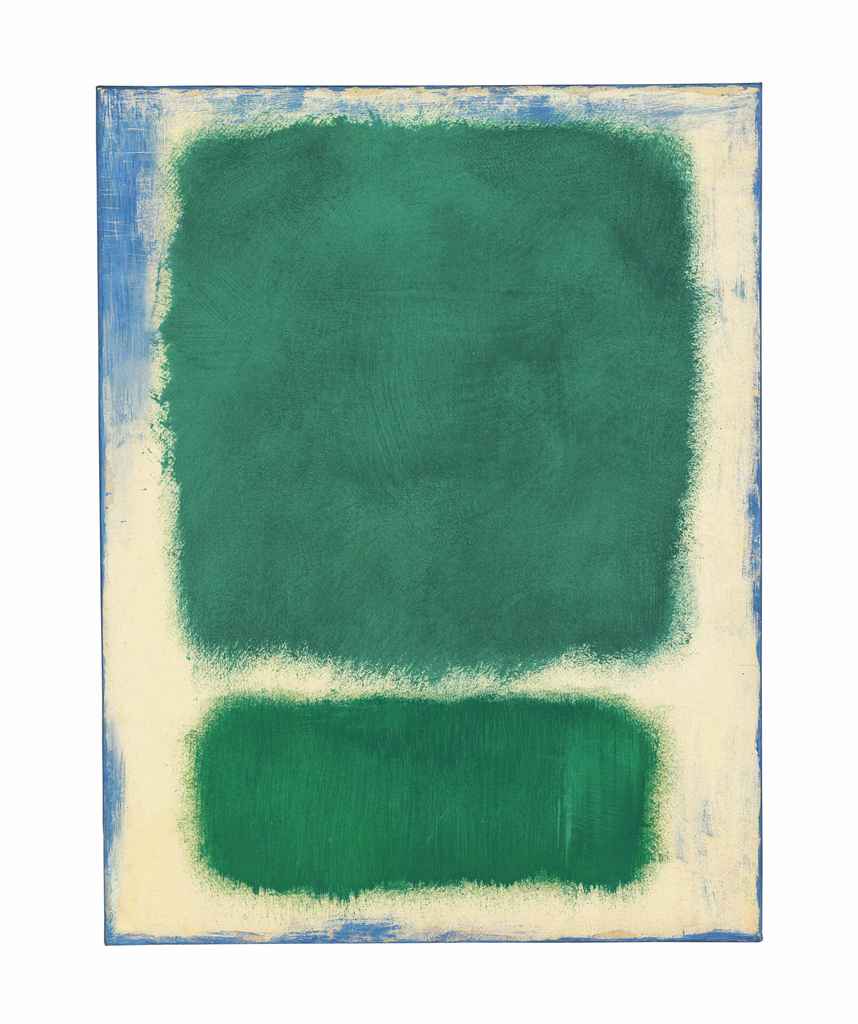
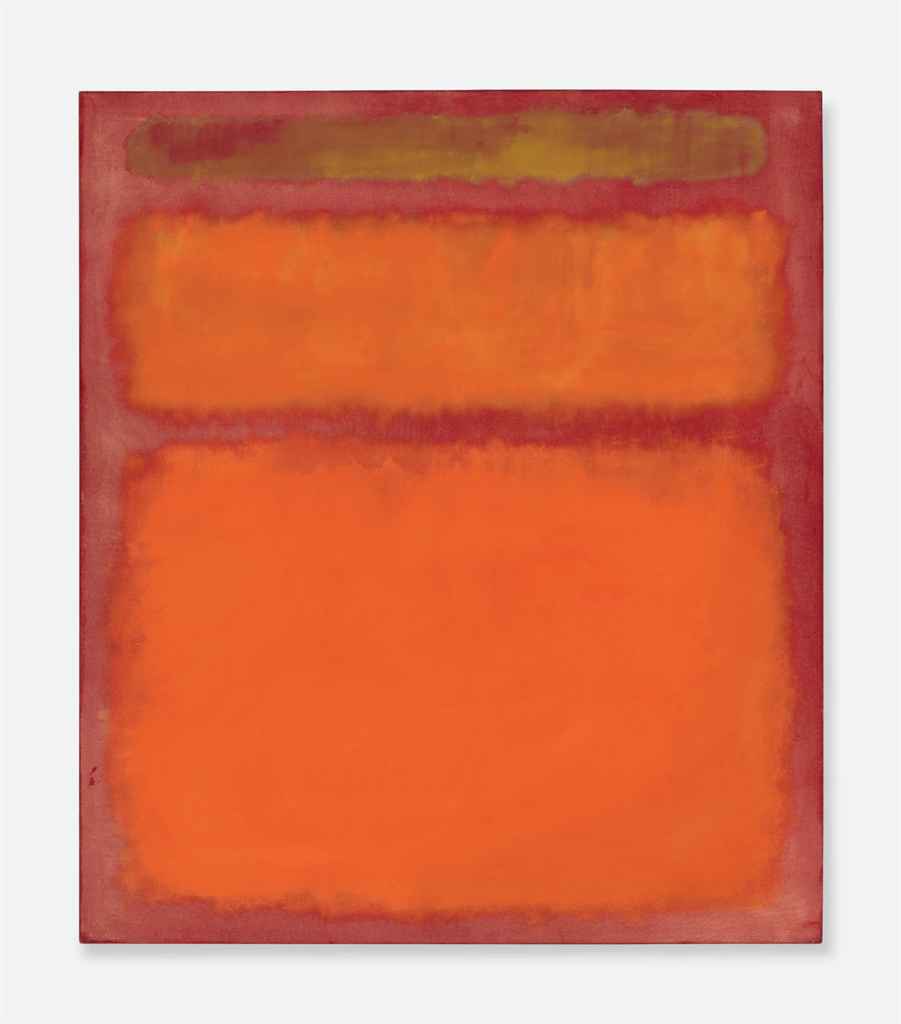



.jpg)
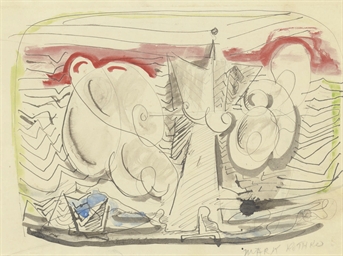
Testen Sie LotSearch und seine Premium-Features 7 Tage - ohne Kosten!
Lassen Sie sich automatisch über neue Objekte in kommenden Auktionen benachrichtigen.
Suchauftrag anlegen